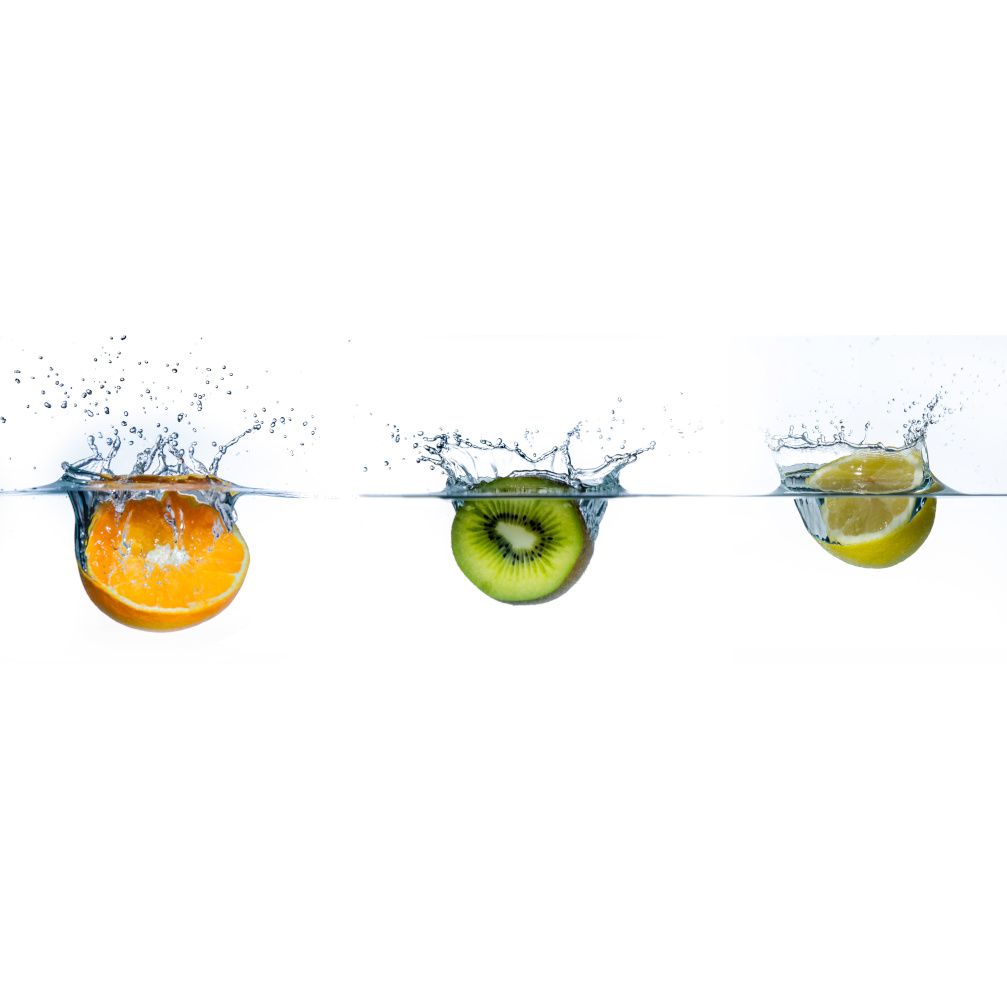For functional foods, flavor is still key to sales
Consumers have strong health associations with certain flavors, an important consideration when formulating functional foods and beverages.
Photo © Racle Fotodesign - Stock.adobe.com

If a healthy food tastes bad, will anyone buy it? The answer is obvious. While functional foods and beverages are becoming incredibly popular with consumers who view them as a convenient way to support health, a product’s success in the functional food and beverage space still comes down to one basic tenet: it needs to taste good. This can prove challenging for functional food and drink manufacturers because functional ingredients oftentimes do not taste good.
Philip Caputo, marketing and consumer insights manager for Virginia Dare (Brooklyn, NY), discusses the influence flavor can have. “Flavor has such an incredible impact on shaping consumers’ perception of the products they try,” he says. “If a beverage’s flavor is inspired by nostalgic favorites such as cereal milk or churros, the consumer will likely associate the product with a sense of happiness and childhood bliss. Likewise, if a protein bar is flavored with wellness-centric flavors like elderberry, turmeric, ginger, and tart cherry, that can connote that the product has certain health benefits.”
Certain ingredients have become synonymous with specific health characteristics. A common example is citrus and immunity. Elderberry is another, and other dark berries such as açaì and goji berry are also well recognized for their antioxidant properties. Meanwhile, ingredients like mushrooms and ginger are associated with anti-inflammatory benefits, says Caputo.
Remember that shoppers are coming to the shelf with preconceived flavor impressions. “Consumers already have strong associations with certain flavors and relevant health platforms,” says Brittany Lisanti, project manager, health concepts, for International Flavors and Fragrances (IFF; New York City). “Along with citrus, consumers perceive the notes of ginger, lavender, and mint, among others, with an overall sense of wellbeing.”
Finding the right flavor to go with your product application is key. “A sour flavor with a health halo, such as pomegranate or kombucha, can appeal to flavor preference trends while also highlighting an application’s functional status,” explains Caputo. “Nutty flavor profiles, such as avocado and chia, combine well with healthy fats in nutritional snack bars and shake mixes.”
Tracking Trends
Concurrent with these flavor preferences is the desire for cleaner, natural products. “In recent years, flavor trends are moving strongly towards more natural profiles. With the rise in clean-label products, flavors are evolving to include organic, non-GMO, and sustainable certifications,” says Lisanti.
Consumers are also becoming more sophisticated in their tastes. Lisanti notes that flavor profiles “are becoming more complex to stand out on the shelf. Long gone are the days when cherry and grape-flavored products were intriguing enough to the average consumer.” Today, she says, “even exotic fruits like mango, passionfruit, and dragon fruit are gaining popularity in functional products.”
And don’t discount the consumer’s desire for indulgence. With that comes the need to further communicate the merits of one’s products, Lisanti reminds. “There is a time and place for ‘permissible indulgent’ flavors—birthday cake, chocolate caramel, and pumpkin spice, to name a few—in such products as protein bars and nutritional beverages. When utilizing these flavors, it is often important to effectively communicate the flavors’ impact, or lack thereof, on sugar and fat content.”
Candy profiles such as red gummy fish, jolly fruit candy, and gummy bear are on the rise despite being relatively new, says Caputo. This likely has to do with the psychological impact these flavors have on the consumer. Using sports nutrition as an example, Caputo explains, “Candy makes us happy and can evoke positive taste memories and happy mood states that are associated with childhood—just the motivation you want before working out!”
“Conversely,” he says, “if a consumer is making a smoothie in the morning to start their day right with key nutrients, they may be more attracted to less indulgent, more wellness-centric flavors like turmeric and pomegranate. That way, they can tackle the day knowing that they’ve already taken steps in the right direction for their health.”
In the end, when it comes to flavoring functional foods, it’s all about finding the right pairing, he says. “When it comes to wellness flavors, formulators have a broad palette available and should be emboldened to experiment with innovative combinations and formats.”

Prinova acquires Aplinova to further increase its footprint in Latin America
April 7th 2025Prinova has recently announced the acquisition of Brazilian ingredients distributor Aplinova, which is a provider of specialty ingredients for a range of market segments that include food, beverage, supplements, and personal care.

























